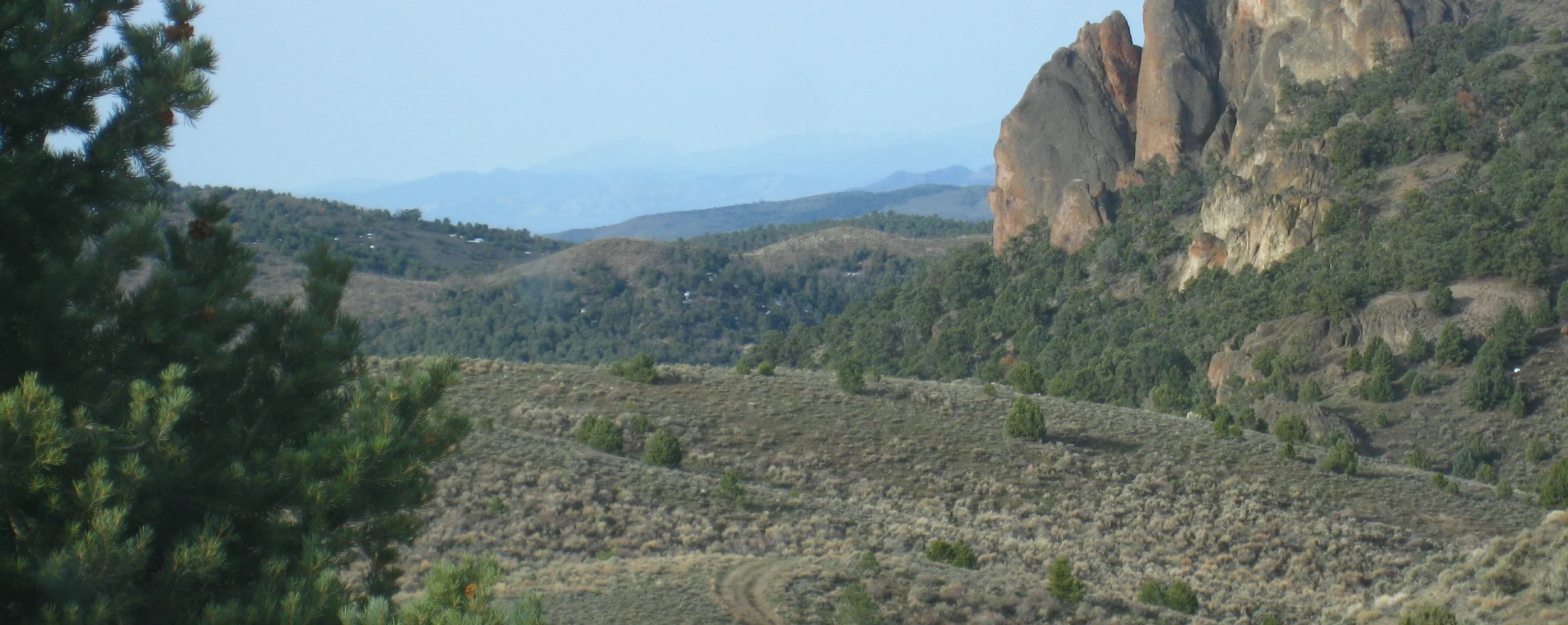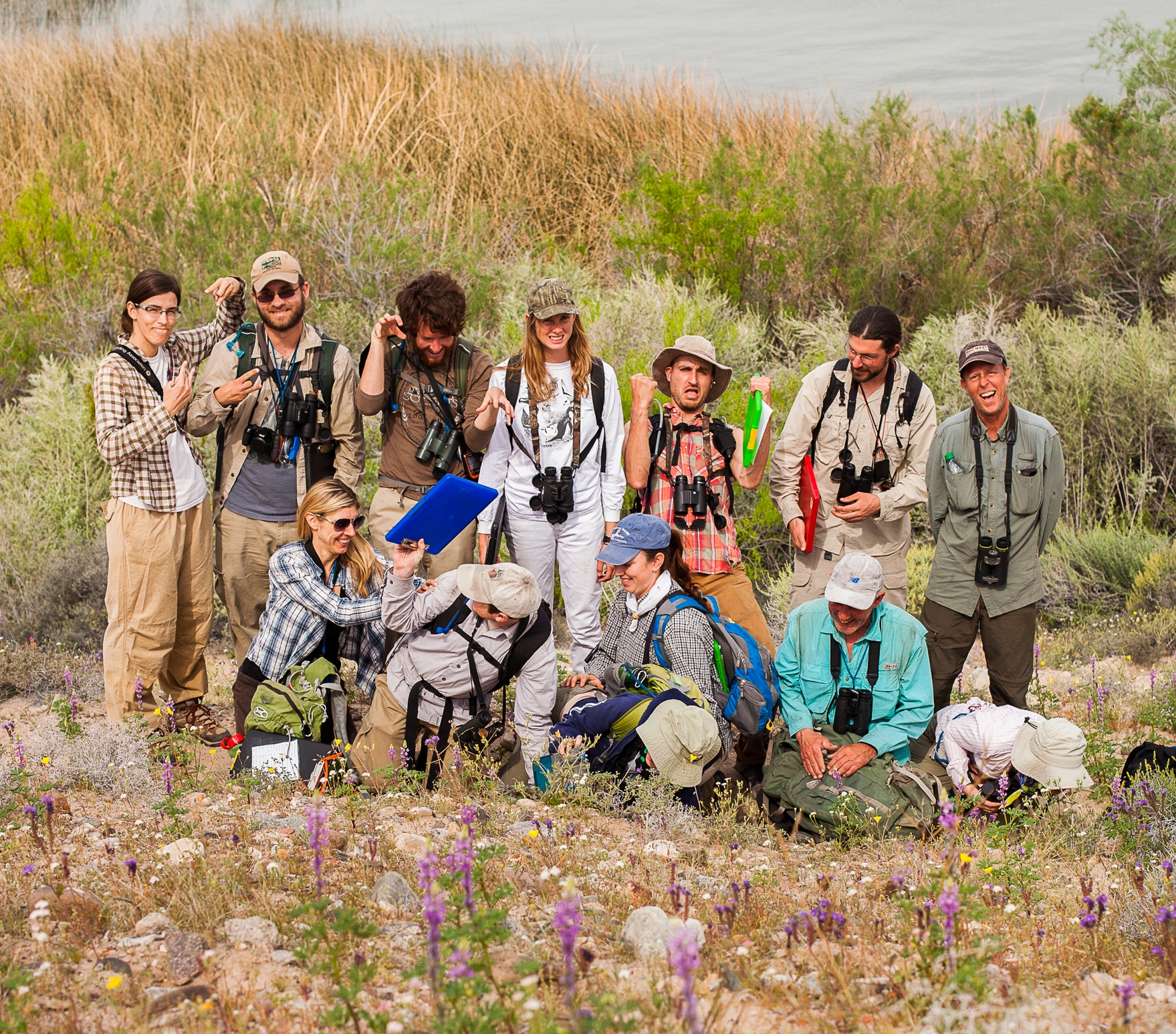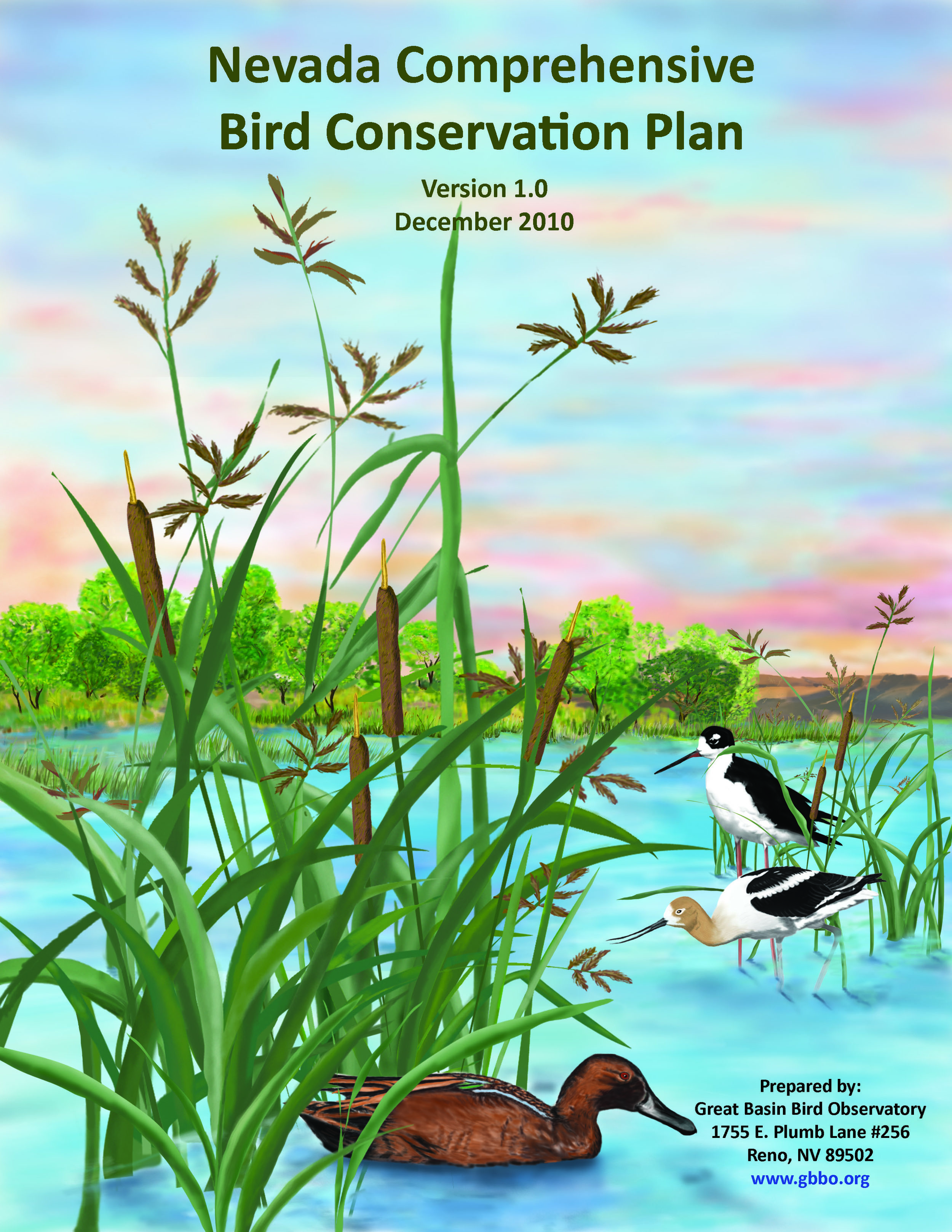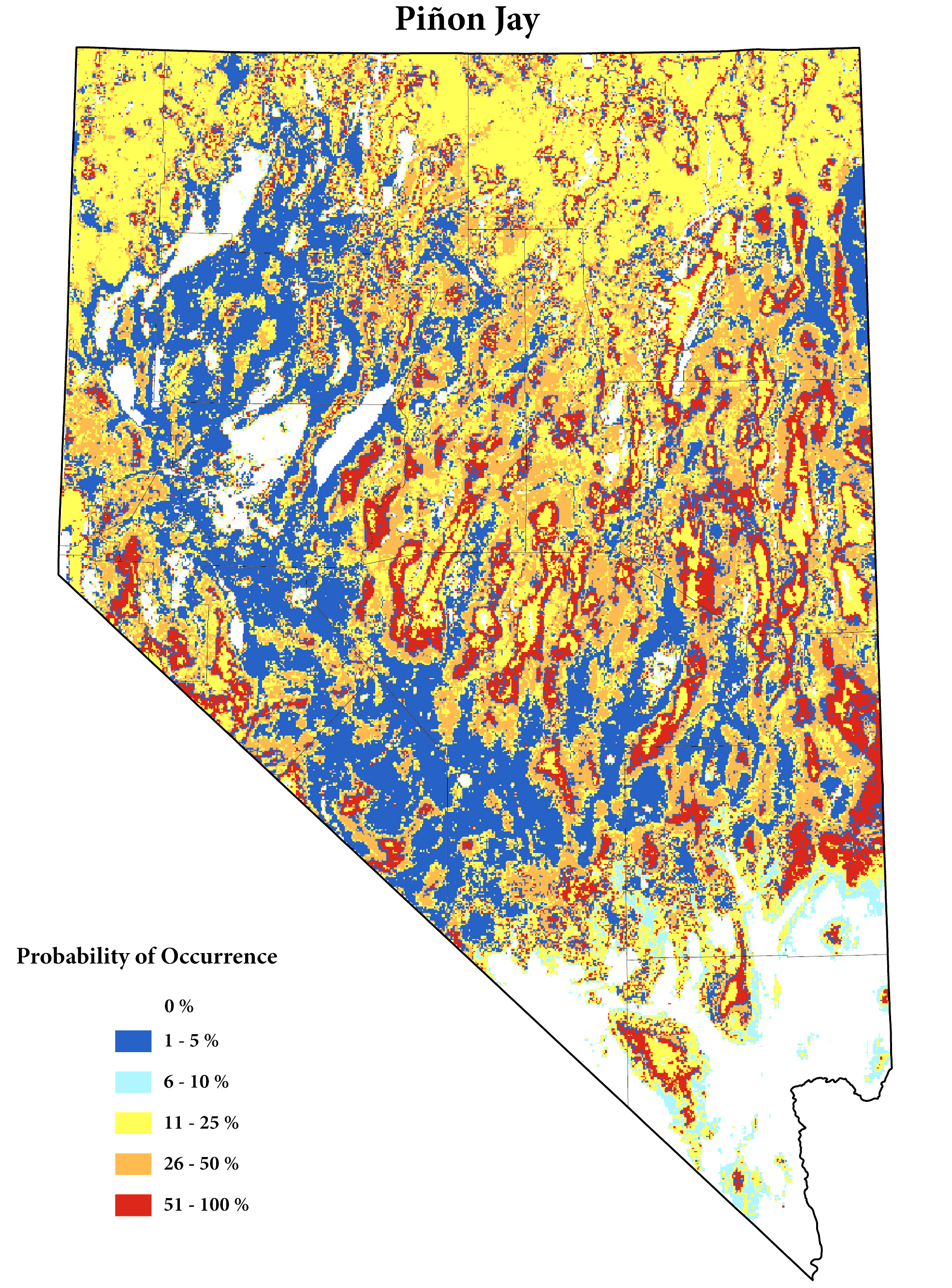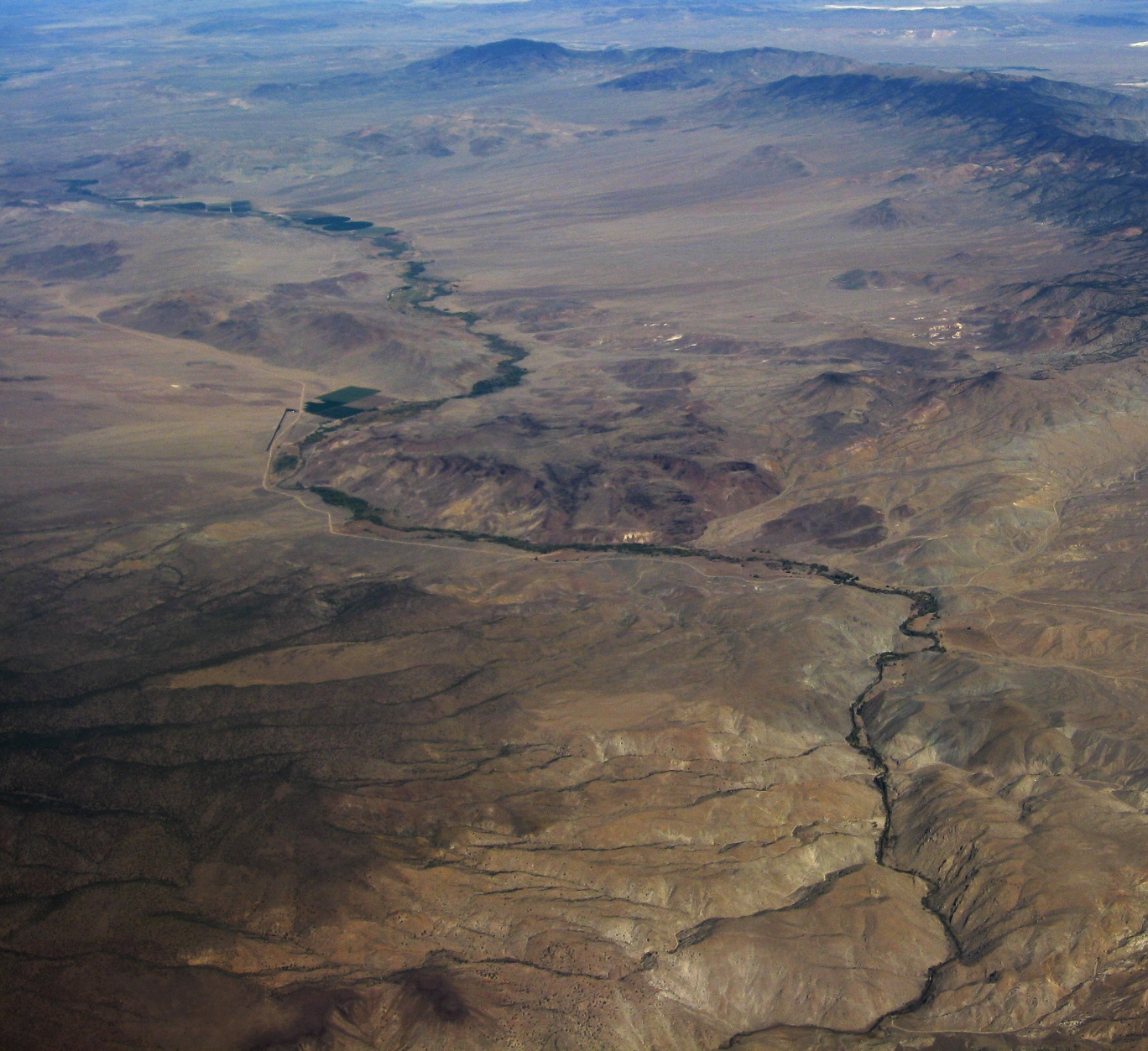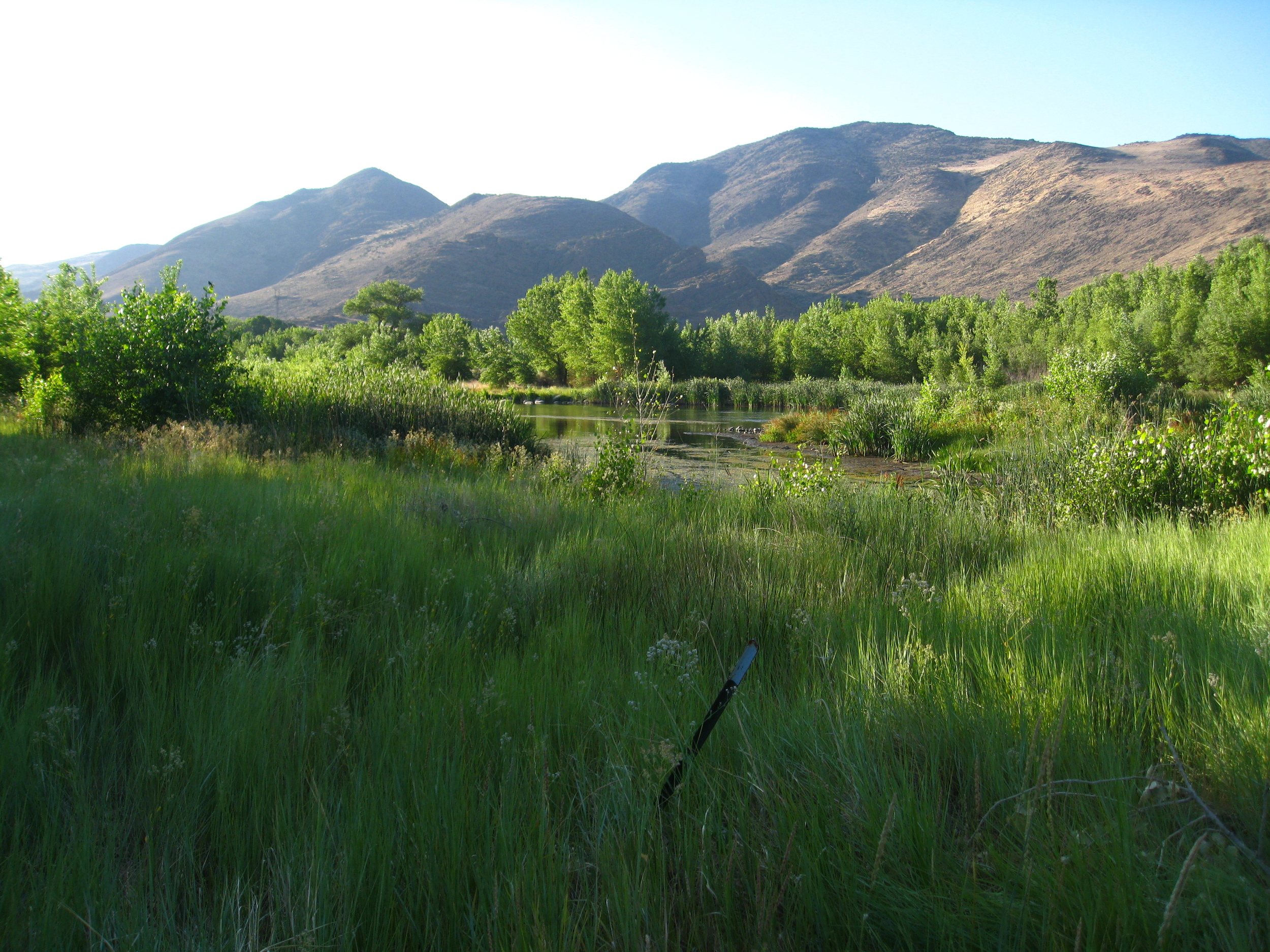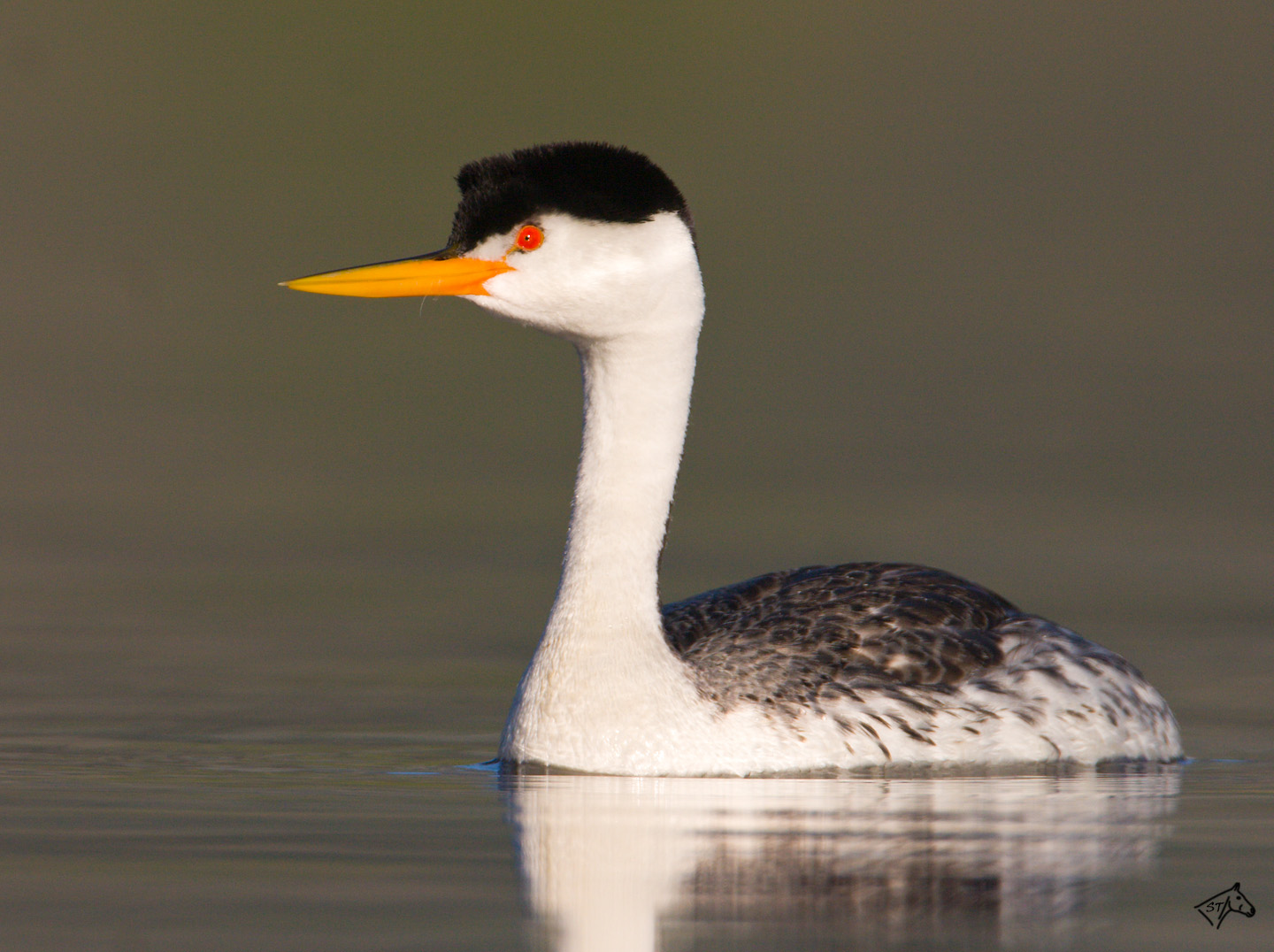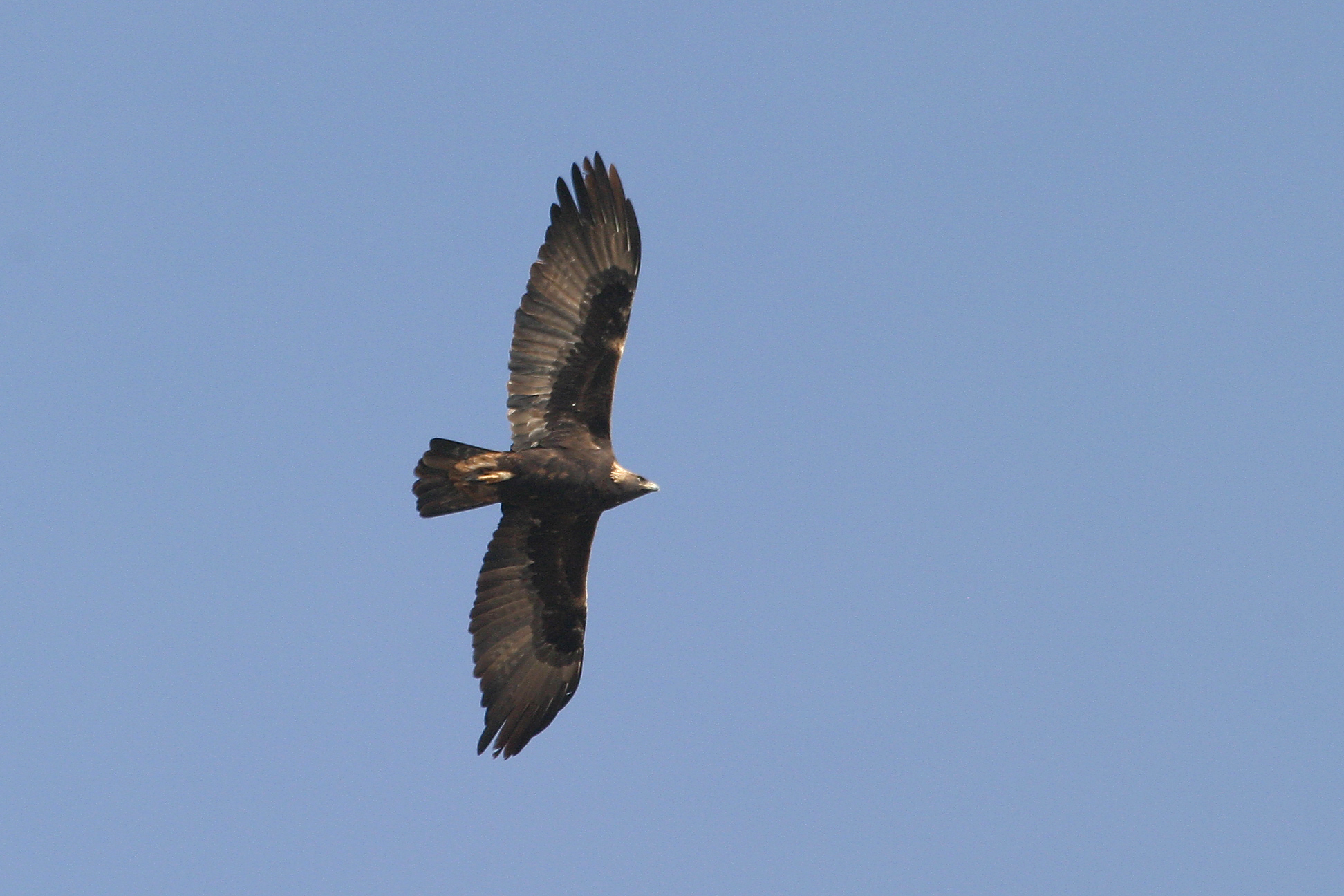Did You Know?
Pinyon Jays are cooperative breeders, which means that the young from last year help raise the young from this year.
Due to growing concerns about how to best manage Nevada’s extensive pinyon-juniper woodlands, GBBO is working on a project to develop detailed models of how Pinyon Jays and other pinyon-juniper associated birds use landscapes and habitats in light of ongoing management for Greater Sage-Grouse. Most recently, we have developed a way for you to help us collect usable data. Click here for more information. And if you would like to get involved, download this app and follow these easy instructions!
GBBO’s Pinyon Jay telemetry project began in eastern Nevada’s White Pine County in 2008 with the first radio-telemetry study ever done on Nevada’s Pinyon Jays, which comprise nearly half of the species’ global population. We have captured Pinyon Jays using walk-in traps and mist-nets, and we fitted them with tiny glue-on radio transmitters. Capturing and tagging the birds was only the beginning of the hard work, however – our biologists have found that they have to be extra sneaky in order to locate and follow the ever-wary jays without flushing them and altering their activity patterns. But the work is paying off, and with each tagged jay, we learned more and more about how Pinyon Jays use the landscape. In the following years, we located several more flocks in eastern Nevada and in southwestern Idaho and tracked their movements with radio tags. We learned that Pinyon Jays use the transitional landscapes in the sagebrush-pinyon-juniper interface, have relatively small flock home ranges (10-15 square-kilometers), and make more use of the sagebrush understory than expected. We are currently preparing the data to be published in a journal.
In spring of 2013, we set out to continue our radio-telemetry project in central Nevada’s Desatoya Range. While doing the hard work of pinpointing auspicious trapping sites, our talented field biologists found the nesting colonies of five flocks. Each colony had 30-60 nests and about 200-300 birds. Many of the flock members are young birds from the previous year that help raise their brothers and sisters from the current year. With permission from our funding agency, we focused our attention on collecting detailed habitat data on the nesting colonies, the foraging sites, and cache sites used to feed the growing flock.
GBBO is planning to continue this project because of growing concerns about how to best manage Nevada’s extensive pinyon-juniper woodlands, which have been steadily expanding into lower-elevation sagebrush country (and sage-grouse habitat) for many decades. By developing detailed models of how Pinyon Jays and other pinyon-juniper birds use landscapes and habitats, we can generate specific guidelines for habitat management. So far, we have learned that Pinyon Jays tend to forage in relatively open woodlands with a significant sagebrush understory, that their flocks are remarkably cohesive during both the breeding and the post-breeding season, and that their home ranges are unexpectedly consistent through the breeding and post-breeding seasons. Pinyon Jays roost and nest in fairly dense interior woodlands close to the sagebrush border, and this border is where they spend much of their time. Pinyon Jays also nest much earlier than expected, from mid-March through early May. We are currently working on these data to be prepared for publication (see also Publications and Presentations).

